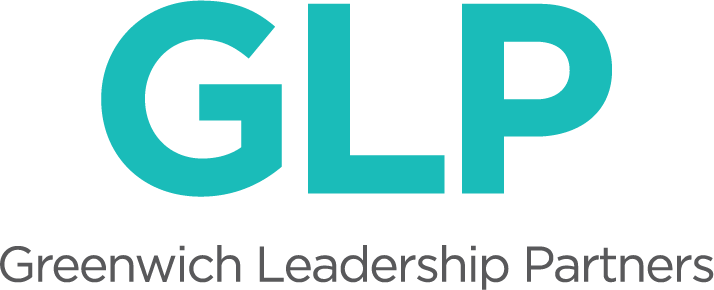What the college sexual assault phenomenon means to independent schools
When an out-of-the-blue parent call starts with “Headmaster, you have a serious problem,” your focus goes way up while your stomach goes pretty far down. When I received such a call one spring in the late 1990’s, I got up, closed my office door, and said, “You have my attention.” The caller—the father of a younger girl at Blair—told me that he had reason to believe that a senior boy, in fact a post-graduate senior (meaning the boy would be at least 18-years-old) had had sexual relations with a freshman girl. It was, he allowed, consensual and oral—which is in fact “sexual relations” in legal terms—but nonetheless of significant concern to him both for the students involved and the school generally. Having learned about the incident through social media of some sort (and I suspected but never discovered if he was talking about his own daughter), the father then asked, “What would you do if I told you the boy’s name?” Without hesitation I replied, “Call the school lawyer, who I suspect would then call the district attorney.” There was a long pause, before he said, “I ask that you think about a way to use this incident in an educational way, and then get back to me. Then I shall let you know whether or not I want tell you more.”






